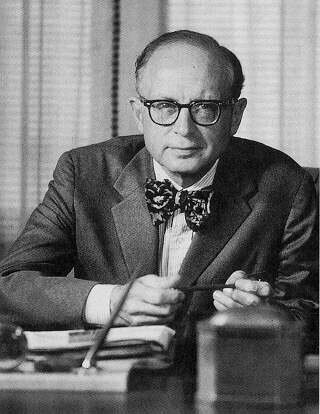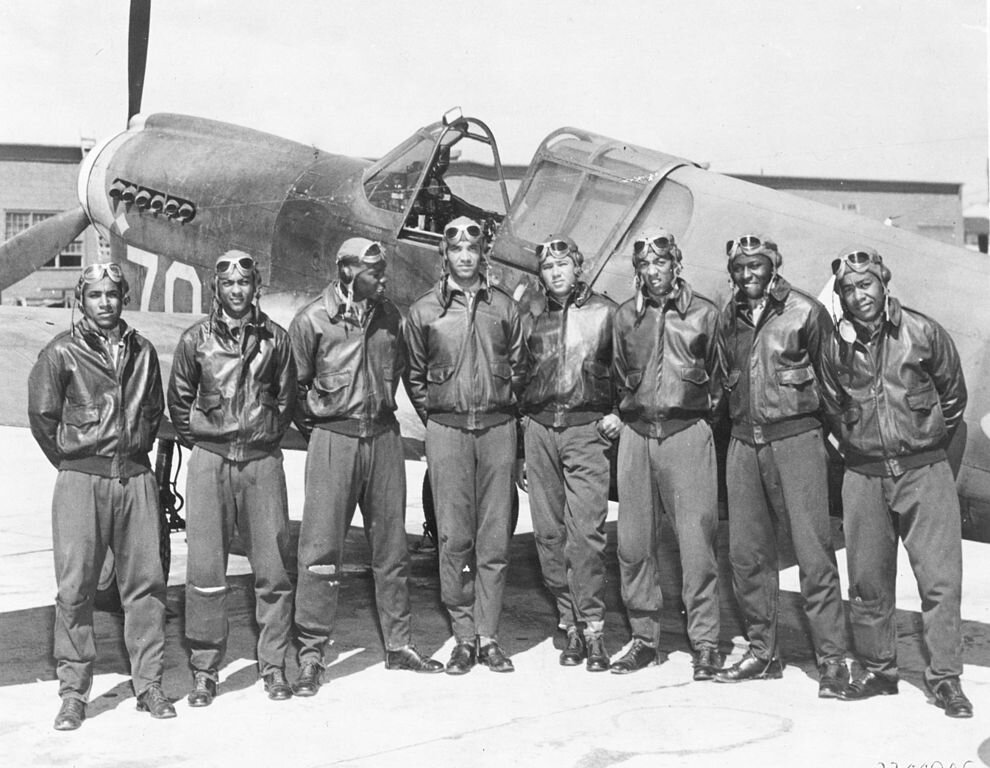Some people visit the battlefields of the world as tourists; however, such war tourism has a long history. Here, Erica Olson explains how battlefield tourism took place after the 1815 Battle of Waterloo – and how items for sale even included soldiers’ teeth.
Waterloo by Denis Dighton. British 10th Hussars of Vivian's Brigade attacking mixed French troops.
Many history lovers are familiar with Napoleon's Hundred Days leading up to Waterloo and the events of the battle itself, but what happened after is less well known. The battlefield was far from the hallowed mass grave we may expect. An astonishing number of people from various nations, especially England, treated Waterloo as a tourist attraction, treading over the bodies of dead soldiers.
English writer John Scott (1784-1821), traveling only three months after Waterloo, was in a unique position to comment upon the chaotic movement of people throughout Europe at the end of the Napoleonic wars. His 1815 account, Paris revisited, in 1815, by way of Brussels: including a walk over the field of battle at Waterloo, gives us a glimpse into the booming new tourism industry.
According to Scott, English travel to Europe exploded immediately after Waterloo. When asked to sign the guest list for a hotel in Bruges, Scott saw “a host of my countryfolks [sic], of each sex, and every age, profession, residence, and condition, all on the swarm for Brussels.” Some had listed the more precise destination, Field of battle, near Waterloo. Scott was excited to see a list full of familiar English middle-class names such as Johnson, Roberts, Davis, and Jackson, names which “will remain in the archives of the police at Bruges, as the memorials of a most extraordinary time.” What Scott observed was quite a new phenomenon, one that arose after the end of Napoleon’s campaigns: war tourism, on a massive scale.
While tourists recorded “picking objects up” at Waterloo, they probably bought most of their souvenirs from locals, who would have stripped the battlefield of everything valuable within hours [2]. Pistols, swords, and musket balls were especially popular. One notable tourist, Sir Walter Scott, brought back a plethora of such items.
“Waterloo ivory”
A more sinister trade emerged as well. By the early 1800s, Europeans were consuming massive amounts of sugar courtesy of the transatlantic slave trade [3]. Many people had rotting or missing teeth, leading them to seek out individual replacements or full sets of dentures. Historically, dentures were made of elephant, walrus, or hippopotamus ivory, but ivory rotted even more quickly than human teeth. So after Waterloo, scavengers set out for the battlefield armed with pliers, ready to pry out teeth from the mouths of dead soldiers.
Some of the newly arrived English tourists got in on the game. Back in England, the trade in teeth was lucrative, with dentists boasting that they sold genuine “Waterloo ivory”, guaranteed to have come from young, healthy soldiers [4]. Waterloo was the mother lode: more teeth than anyone knew what to do with, just like the mountains of bones, which were ground into the soil as fertilizer – some of the bones were even transported across the Channel to increase the bounty of English fields.
The author of Paris Revisited, John Scott, was surely aware of these morbid activities, as he walked the battlefield himself, yet they didn't dampen his enthusiasm for war tourism. He proudly visited the towns of Flanders, “the great prize-fighting stage of Europe.” As he passed through Bruges, Liege, Malines, Juliers, Tournay, Mons, and Jemappe, he thought of “ famous campaigns, …able military maneuvers, great battles, important treaties, alliances, discords, and devastations” [1]. Death on a grand scale didn't bother him in the least. In his fantasy of war, everyone was heroic and battles belonged in glorious history books.
Scott depicts the mood in Brussels after Waterloo as one of great merriment, where the wounded soldiers coming in for treatment and the tourists coming to see the battlefield “seemed all animated by the influence of a vast holiday.” The joy of being an English war tourist lay in seeing soldiers, just recently come from “the heart of the battle, black with gun-powder and sweat…bleeding, groaning, and dying,” now “out in a pleasurable promenade.” Now that the terror of Napoleon was gone, the British could rejoice. Scott reports that when he went to buy a hat, a British doctor standing nearby told him, “Hats are of no use now but to throw up in the air when we shout!” The influx of tourists were free to view battle as a spectator sport as they turned their eyes away from death and despair. What better place than Waterloo to celebrate?
What do you think of battlefield tourism? Let us know below.
Bibliography
1. Scott, John. Paris revisited, in 1815, by way of Brussels: including a walk over the field of battle at Waterloo. London: Longman, Hurst, Rees, Orme, and Brown, 1816.
2. Plotz, Sophie. “Waterloo: Battlefield Tourism.” National Museums Scotland. Last modified September 20, 2015. https://blog.nms.ac.uk/2015/09/20/waterloo-battlefield-tourism/.
3. Kerley, Paul. “The dentures made from the teeth of dead soldiers at Waterloo.” BBC News Magazine. Last modified June 15, 2015. https://www.bbc.com/news/magazine-33085031
4. “Waterloo Teeth.” Age of Revolution. Accessed February 11, 2021. https://ageofrevolution.org/200-object/waterloo-teeth-1815-2/




















